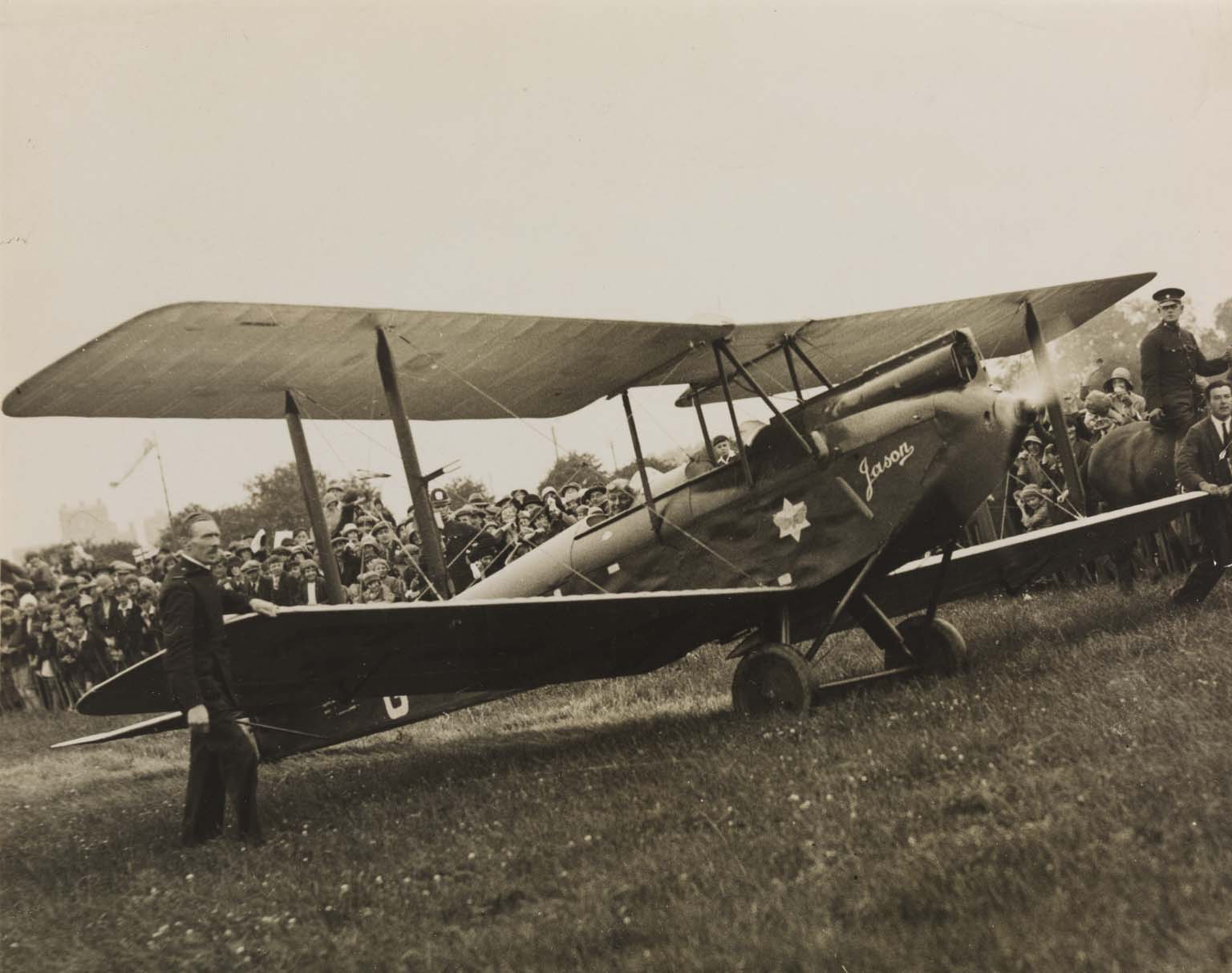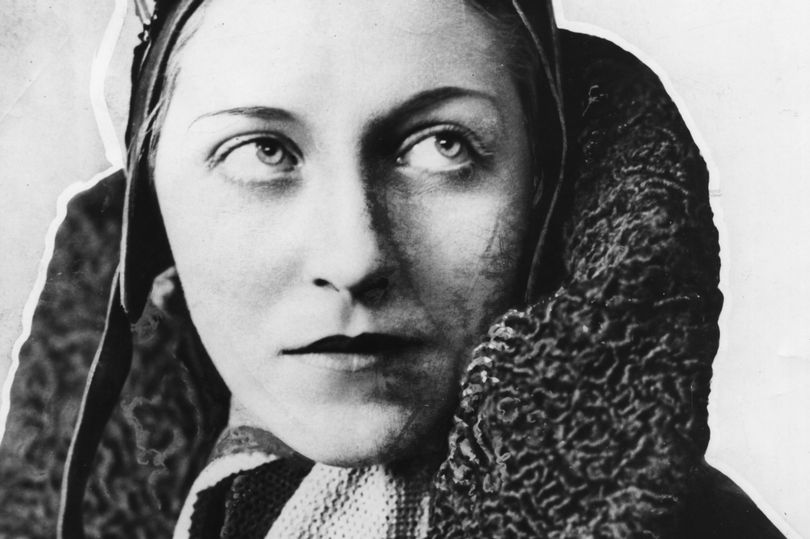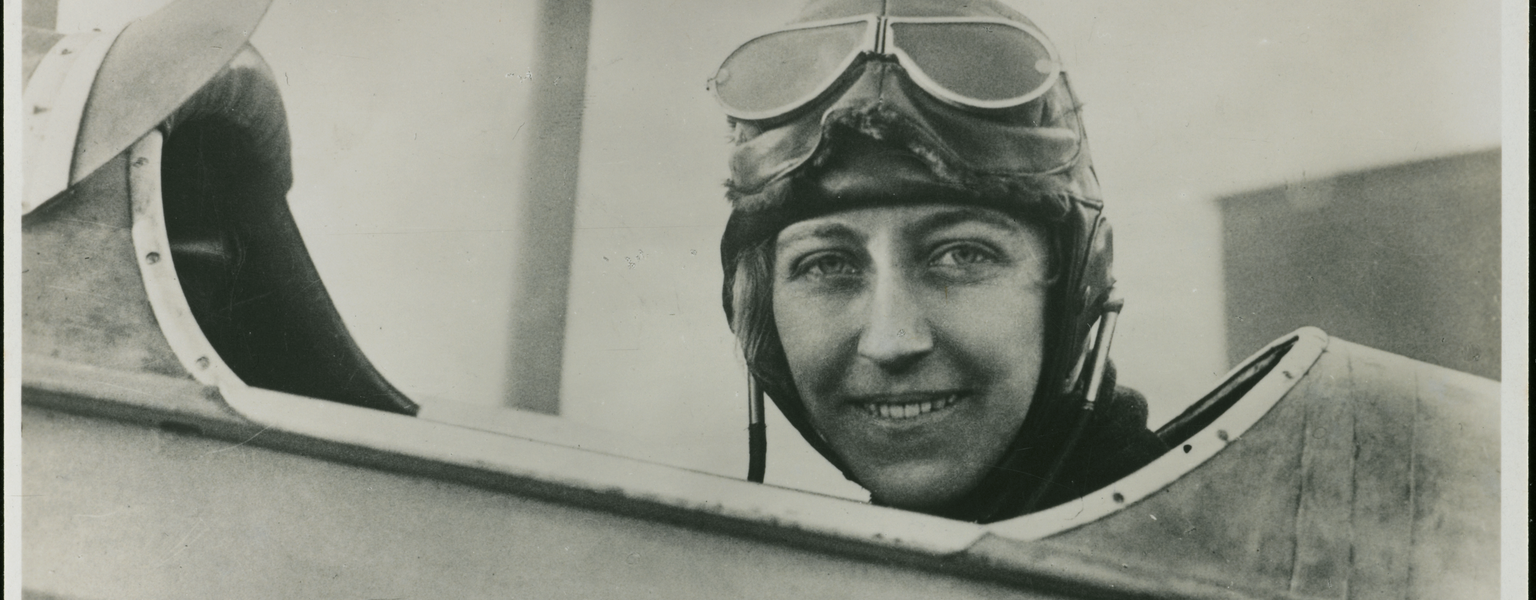Amy Johnson, CBE, was a pioneering British female pilot born in Yorkshire in 1903. On 5 May 1930, she set off from Croydon Airport in Greater London in her second-hand aeroplane, a de Havilland Gipsy Moth named Jason I, bound for Australia.

Two years prior, Australian aviator Bert Hinkler had become the first person to fly solo from England to Australia, completing the journey in just over 15 days – a new record time for the journey.

Johnson sought to match his achievement and become the first woman to complete the 18,000 km (11,000 miles) journey. Until her voyage to Australia, Johnson’s longest solo flight had only been from London to Hull, around 300 km (186 miles).
Johnson had planned the most direct route possible in the hopes of not only becoming the first woman to complete this voyage but to also break the record for the fastest journey time. This ambitious approach made her flight remarkably challenging; the direct route took her over inhospitable terrain and extreme landscapes, sometimes forcing her to fly for over eight hours at a time until a safe landing was possible. Scheduled refuelling stops along her planned flight path meant that following this route was essential, no matter what conditions she would come up against.
And she did indeed come up against extreme conditions: flying over Iraq, a sandstorm forced her to land in the desert, taking refuge until it passed. Amazingly, this did not prevent her from reaching India by 11 May in a record-breaking six days. She reached Myanmar (then Burma) just two days later, during monsoon season. Landing in the stormy weather damaged Jason, breaking the propeller and ripping a hole in one of the wings. Fortunately, a local technical college was able to repair the aircraft and Johnson could continue her journey, but this delay cost her the record for the fastest flight to Australia.
On 24 May 1930, Amy Johnson landed in Darwin, Australia. She was received by adoring crowds and then returned to England to a hero’s welcome, becoming something of a national treasure.
During the course of 1930, she was awarded the Harmon Trophy and a CBE in recognition of her achievements, and her impact was felt across the country. Ladies sought to channel her look, asking their hairdressers for the ‘Johnson wave’, the press covered her story with various nicknames like ‘Wonderful Miss Johnson’ and ‘The Lone Girl Flyer’, and several popular songs were written about her, such as ‘Amy, Wonderful Amy’ sung by Jack Hylton.

Johnson went on to set many long-distance records throughout the 1930s, including the solo flight record from London to Cape Town, South Africa, in 1932. She continued to be widely celebrated, becoming the youngest president of the Women’s Engineering Society in 1934.
Today, her trusty de Havilland Gipsy Moth Jason I that carried her halfway around the world can be found in the Science Museum’s Flight Gallery. You can also take a closer look on our collections page to see details of this legendary aircraft.
